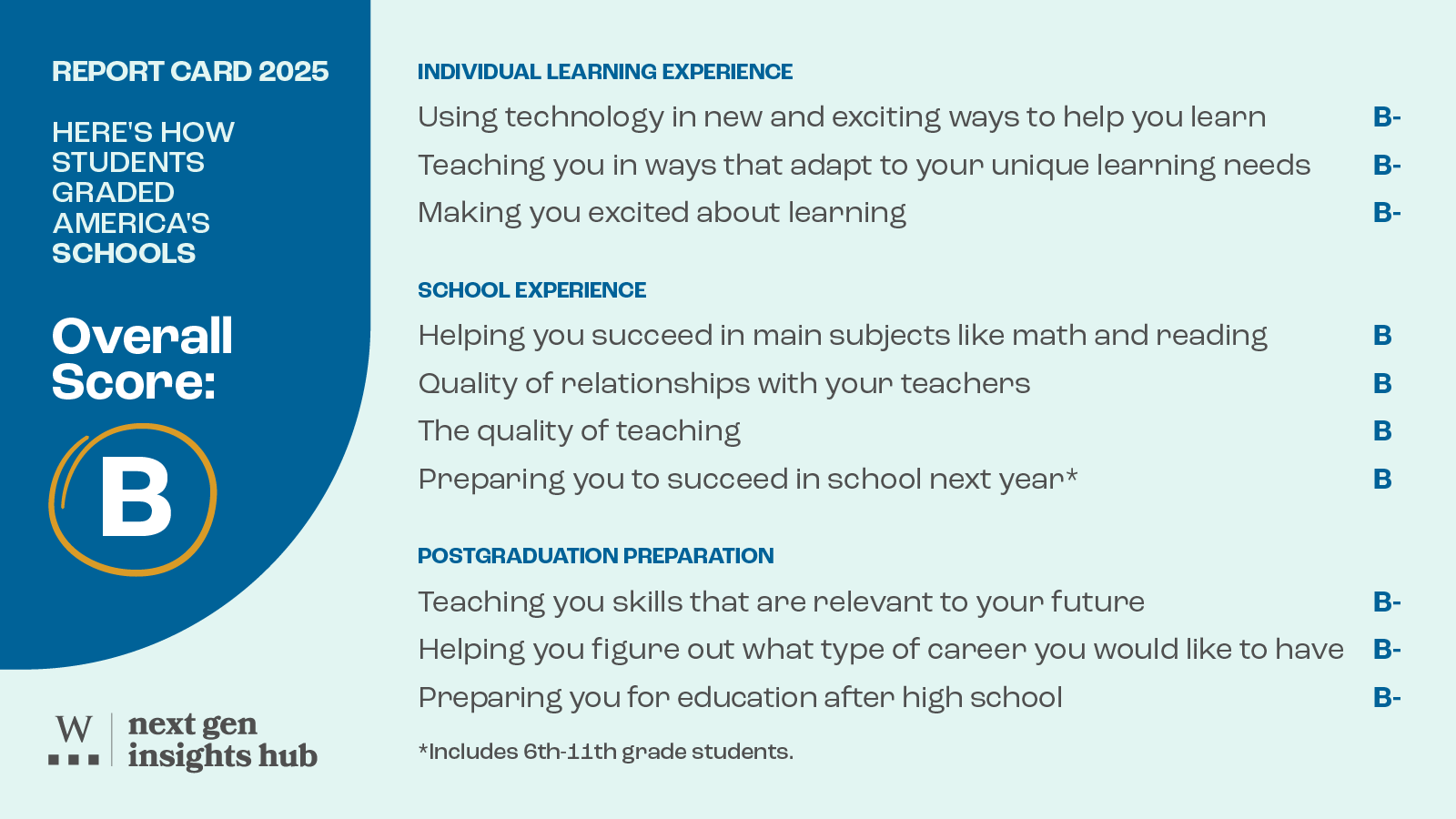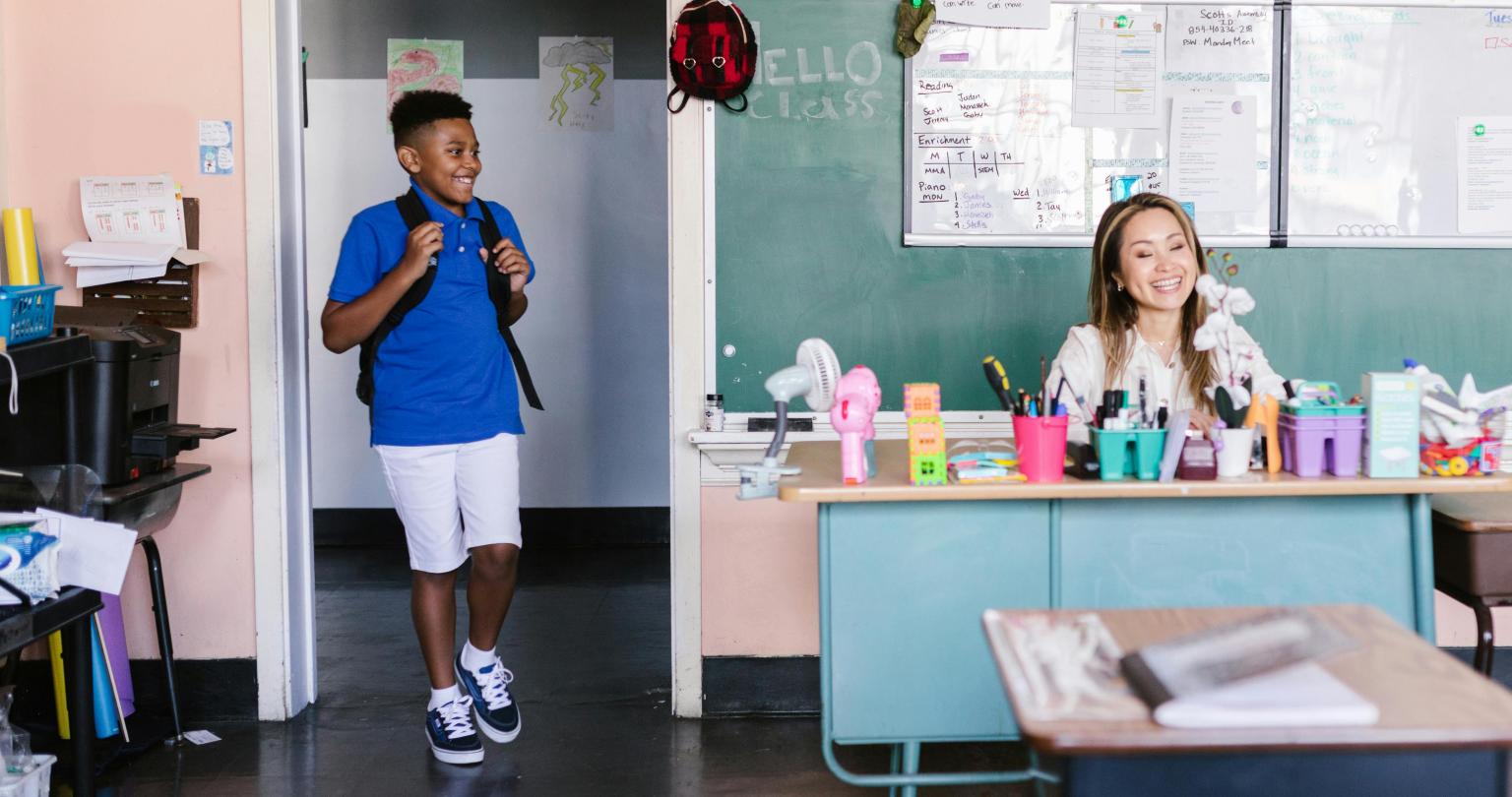For the third year in a row, the Walton Family Foundation partnered with Gallup to ask students to grade their schools. More than 1,500 students across America graded schools on 10 key areas directly related to a student’s school experience, including quality of teaching and career preparedness. Parents also weighed in this year, adding a valuable perspective on how well schools support students for their future.








